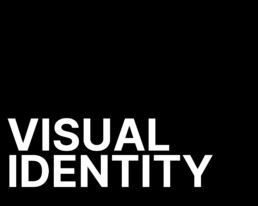Visual identity: Learn to create logos from ideas
DATE
01.01.2024
In the digital age, visual identity has become an essential element for any company or studio seeking to stand out in the market. Logos are a fundamental part of that brand identity, which is in turn the first impression that customers have of yourself. A good logo helps establish a strong and recognizable identity.
When a logo is designed appropriately, it becomes easily recognizable and helps to differentiate a brand from the competition, to stand out in the market. Additionally, a logo visually communicates the essence of a company or studio, its mission and its values, and can convey information about the industry in which the company operates and the type of products or services it offers. It can also convey trust and credibility to customers, and a brand with a professional logo tends to be perceived as more trustworthy and stable. A logo is used in all forms of a company’s marketing and advertising, from business cards to websites to social media ads, and an effective logo can increase the impact of these marketing strategies. Additionally, it provides a foundation for maintaining brand image consistency across all communications and marketing materials, helping to strengthen brand perception.
It is for all these reasons that the creation and use of a logo occupy part of the teaching received in the MArch master’s programs and in the postgraduate degree in design and digital innovation, where, with the help of Gimeno Gràfic, I study at the head of the which includes the recently awarded Pepe Gimeno National Design Award, work is being done on the importance, position and use of a logo and with Sevak Asatrián research is being carried out on their creation, with the aim of providing students with the skills necessary to successfully face the development of a design as important as this one.
MArch Valencia. Arquitectura y Diseño
© 2025 MArch Valencia. Arquitectura y Diseño
Privacy policy | Cookies policy | Terms of use
